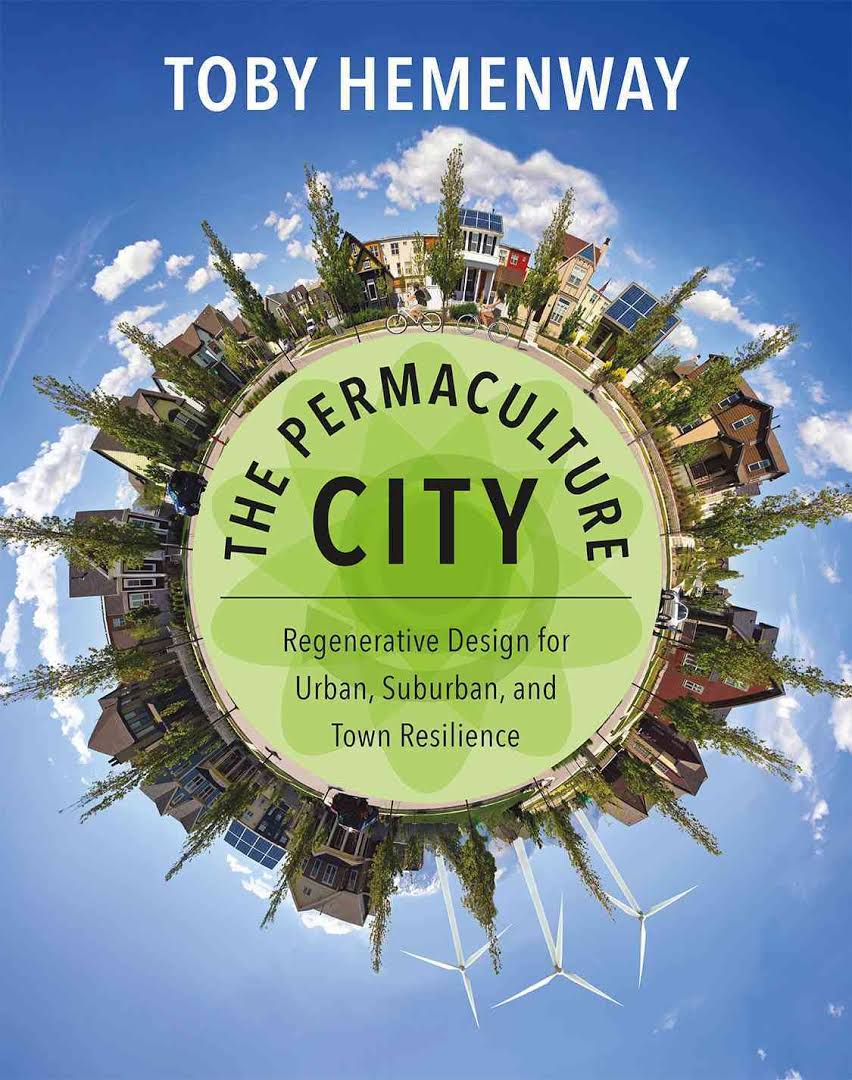 Throughout the evolution of western society the idea of growth has been a cornerstone of both economic and political metrics. The image of success enjoyed by developed countries has helped to champion the practice of feeding expansion that cause economies and populations to grow with the promise of success as a reward–an idea that the developing world has been quick to subscribe to and implement.
Throughout the evolution of western society the idea of growth has been a cornerstone of both economic and political metrics. The image of success enjoyed by developed countries has helped to champion the practice of feeding expansion that cause economies and populations to grow with the promise of success as a reward–an idea that the developing world has been quick to subscribe to and implement.
Without a doubt, there are many examples of why growth at all scales has improved the quality of life and security for billions of people, but we have reached the point where there are numerous examples where rampant growth models can disregard quality or safety for the sole attribute of feeding themselves. In some instances, the nature of goals crafted around growth can evolve into restrictions that necessitate additional growth not for continuous improvement, but merely for survival–a spiral of perpetual growth for its own sake. As we enter an age of technological maturity and reach a population of over 7 billion people, the time has come to reassess the dangers of not only fostering, but promoting unbridled and unproductive growth. Continue Reading…












